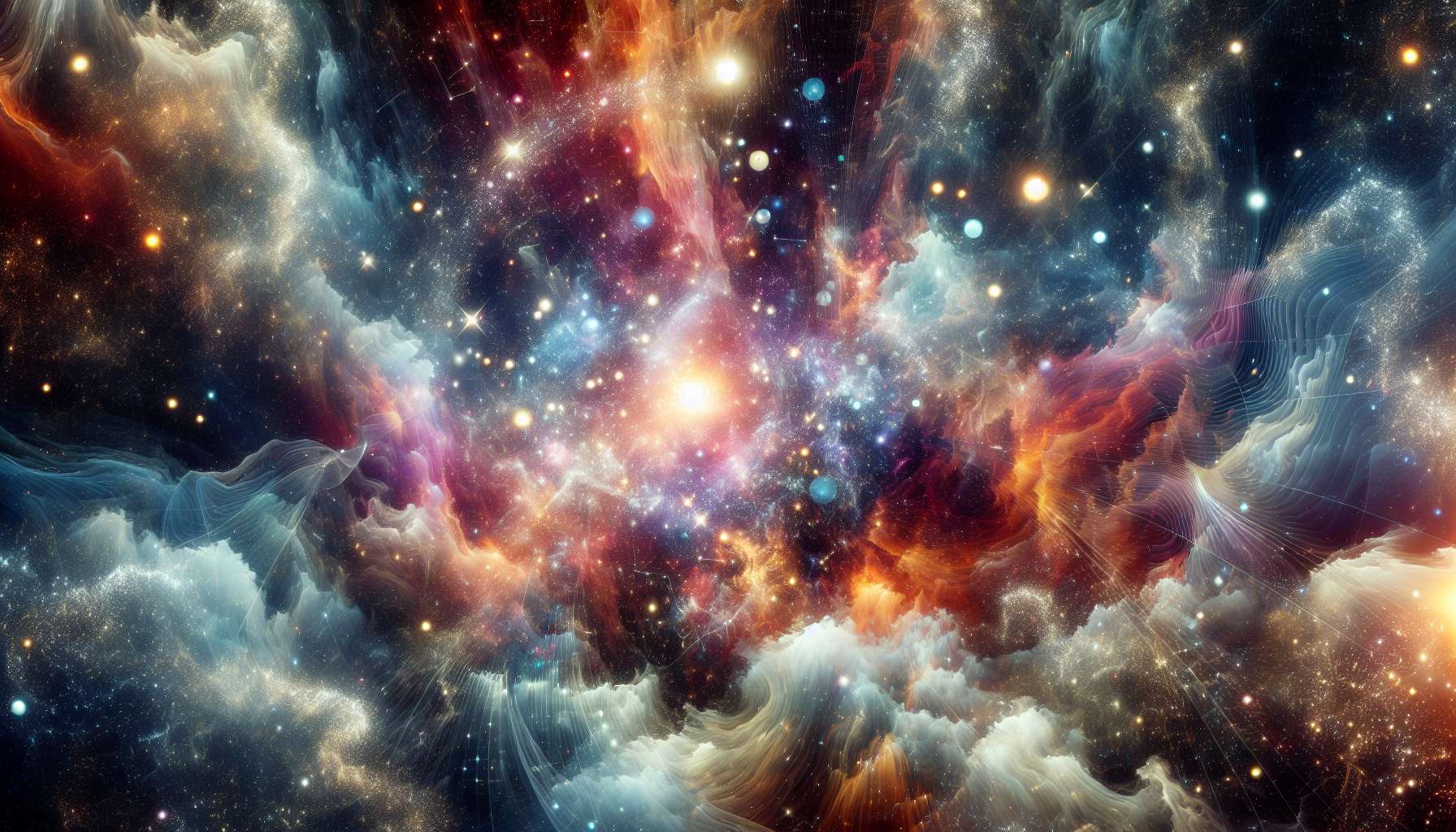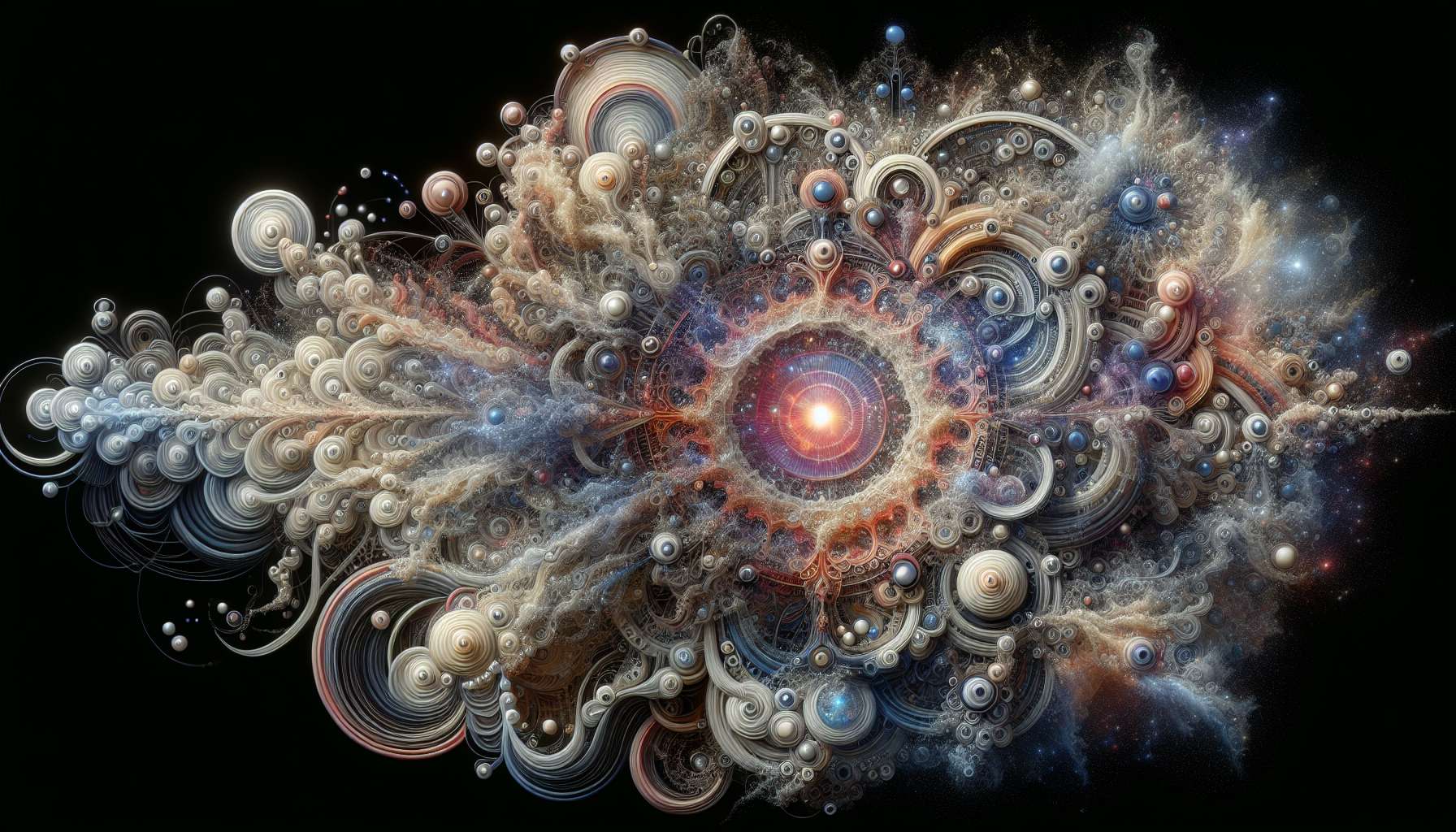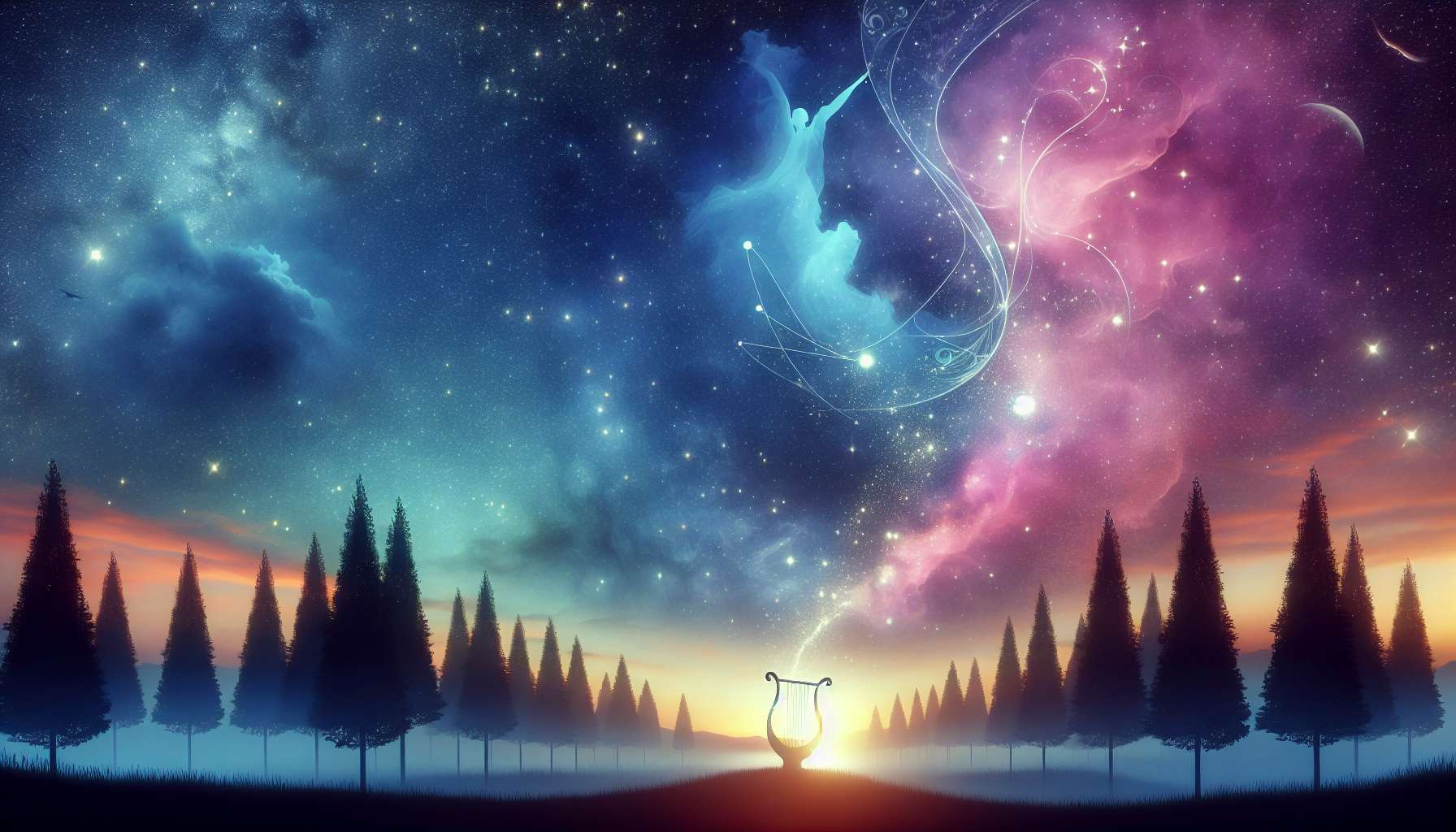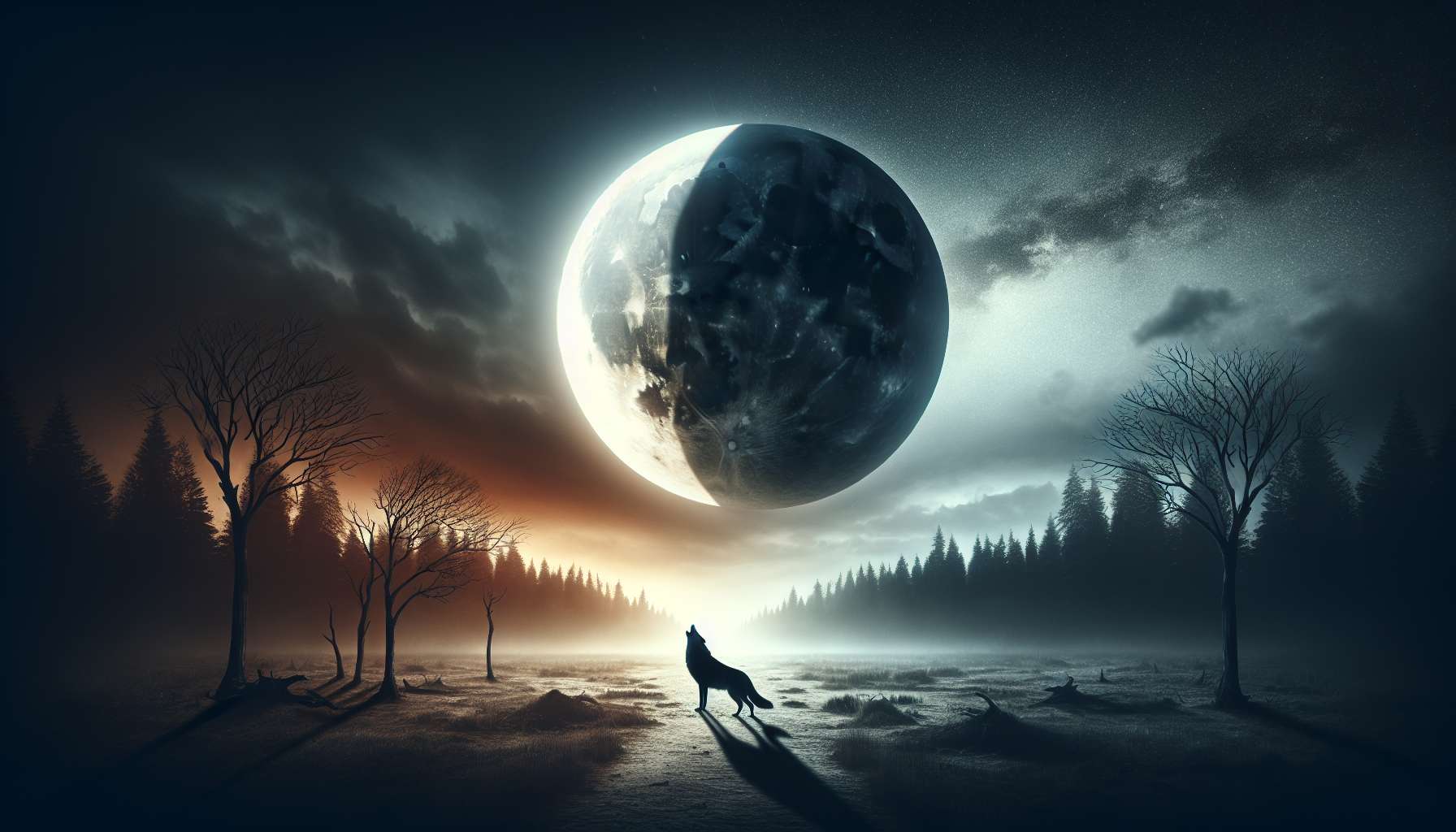Galactic Dreams in Imagery: Exploring the Universe Through Art
Imagine looking up at the night sky and being filled with wonder at the vastness and beauty of the universe. For centuries, humans have been captivated by the mysteries of outer space, and this fascination has been expressed through various forms of art. From ancient cave paintings to modern digital creations, artists have sought to capture the essence of the cosmos in their work. In this article, we will delve into the world of ‘Galactic dreams in imagery‘, exploring how artists have used visual mediums to convey the awe-inspiring beauty and complexity of the cosmos.
The History of Galactic Imagery
Humanity’s fascination with the stars can be traced back thousands of years, with ancient civilizations using art to depict their understanding of the heavens. From the intricate star maps of the Babylonians to the celestial paintings of the Renaissance, artists have long sought to capture the magic of the cosmos. One of the most famous examples of early galactic imagery is Vincent van Gogh’s iconic painting “Starry Night”, which depicts a swirling night sky filled with stars and planets.
As technology advanced, so too did our ability to create more realistic and detailed images of the universe. The invention of the telescope in the 17th century allowed astronomers to observe distant galaxies and nebulae, inspiring artists to create more accurate representations of the cosmos. In the 20th century, the development of photography and digital art opened up new possibilities for capturing the beauty of space, leading to a proliferation of stunning galactic imagery.
The Role of Galactic Imagery in Science
While galactic imagery has long been a source of inspiration for artists, it also plays a crucial role in the field of science. Astronomers use images of the cosmos to study the formation and evolution of galaxies, stars, and other celestial bodies. By capturing high-resolution images of distant galaxies and nebulae, scientists can gain valuable insights into the nature of the universe and the processes that govern it.
One of the most famous examples of galactic imagery in science is the Hubble Space Telescope, which has captured breathtaking images of distant galaxies, nebulae, and other cosmic phenomena. These images have not only expanded our understanding of the universe but have also inspired a new generation of artists to create their own interpretations of the cosmos.
The Artistic Interpretation of Galactic Dreams
From surreal paintings to abstract digital art, artists have used a variety of mediums to convey their own interpretations of the cosmos. Some artists seek to capture the beauty and majesty of the universe, while others explore the darker and more mysterious aspects of space. Regardless of their approach, galactic artists share a common goal: to inspire awe and wonder in their viewers.
One artist who has achieved widespread acclaim for his galactic imagery is Finnish photographer Mikko Lagerstedt, whose ethereal landscapes and starry skies have captivated audiences around the world. Lagerstedt’s work combines stunning natural landscapes with elements of fantasy and surrealism, creating dreamlike images that transport viewers to otherworldly realms.
The Future of Galactic Dreams
As technology continues to advance, the possibilities for creating galactic imagery are limitless. From virtual reality experiences that allow users to explore the cosmos in immersive detail to AI-generated art that pushes the boundaries of creativity, the future of galactic dreams is filled with promise. Artists and scientists alike are finding new ways to collaborate and push the boundaries of what is possible, leading to a renaissance in galactic imagery.
One exciting development in the world of galactic imagery is the use of augmented reality (AR) and virtual reality (VR) technologies to create interactive experiences that allow users to explore the universe in unprecedented detail. These technologies offer new ways for artists to create immersive and engaging galactic imagery, blurring the lines between art and science.
Expert Opinions
According to renowned astrophysicist Neil deGrasse Tyson, “Galactic imagery has the power to inspire people and ignite their curiosity about the universe. By capturing the beauty and complexity of space, artists can help us appreciate the wonders of the cosmos and our place within it.”
Common Misconceptions
One common misconception about galactic imagery is that it is purely decorative and has no scientific value. In reality, many artists collaborate with scientists to create accurate and informative representations of the universe, helping to educate the public about the wonders of space.
Conclusion
In conclusion, ‘Galactic dreams in imagery’ offers a unique and captivating window into the wonders of the cosmos. From ancient cave paintings to futuristic VR experiences, artists have long sought to capture the beauty and mystery of outer space in their work. By exploring the history, science, and future of galactic imagery, we can gain a deeper appreciation for the vastness and complexity of the universe. As we venture into the unknown depths of space, let us continue to be inspired by the beauty and majesty of the cosmos, and let our imaginations soar among the stars.




